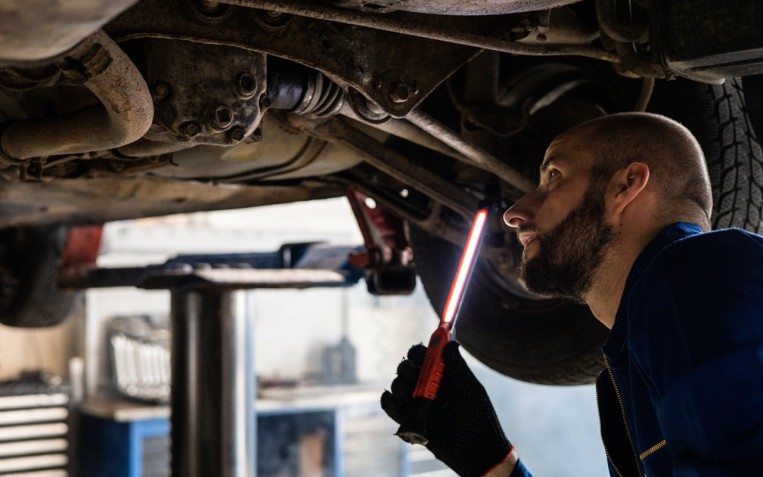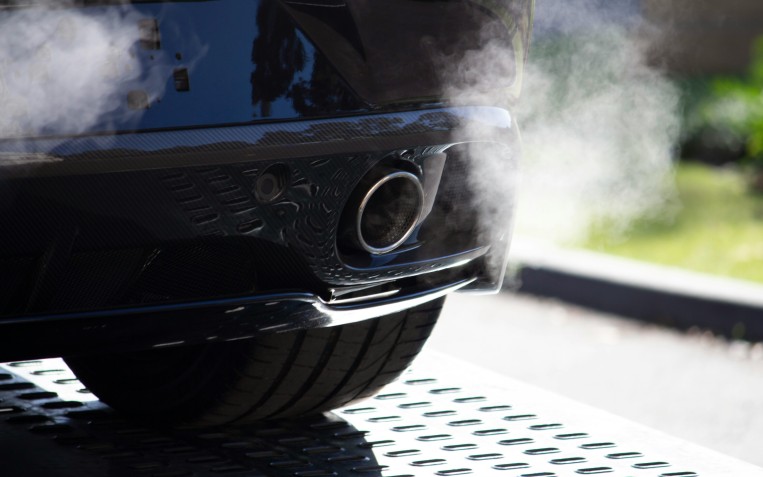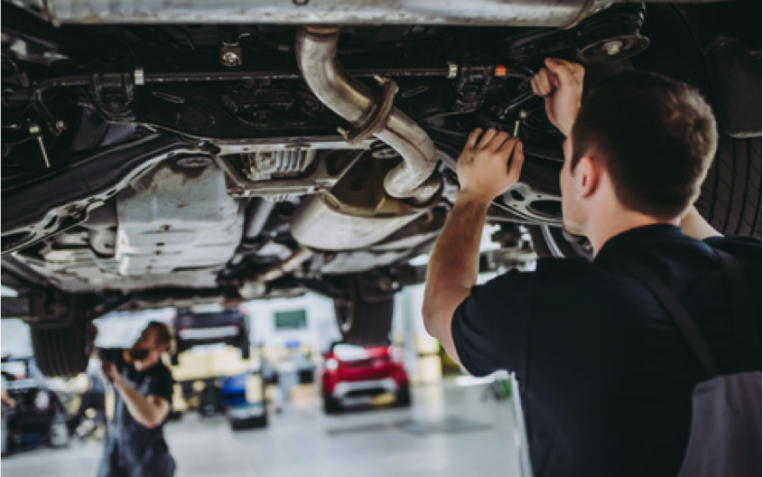Avoid Common MOT Test Fails

Did you know that nearly 50% of all faults found on MOTs could be avoided by carrying out simple checks and maintenance on your vehicle?
The DVSA stated that around 40% of cars fail their MOT first time round – make sure your car isn’t one of them by avoiding these common fails!
Problems with Lights
Last year 30% of failed MOTs were due to problems related to lighting and signalling. Fortunately, checking that your lights and indicators work is an easy task and replacing broken bulbs is an inexpensive task!
Check all lights are working by switching them on and walking around your car, whilst it is parked, to make sure that they are all on. You should also check your fog lights, indicator and brake light – which you can do by parking near a reflective surface or enlisting help from another person.
You should also check that your light bulbs are secured in place properly by tapping them and ensuring that they are not loose and do not move.
Unsuitable Tyres
Problems with tyres can also cause your car to fail its MOT test. You must ensure that your tyres are the correct size for your vehicle by ensuring that the size recommended in your vehicle handbook matches the tyre size printed on your tyre sidewall.
Tyres with tread lower than the legal limit of 1.6mm will also automatically fail your MOT test. Check your tyre tread depth and ensure that you replace your tyres as soon as possible if tread has dropped below the legal limit.
Visually inspect your tyres for any signs of damage and have anything unusual looked at by a tyre specialist as soon as possible. As well as potentially causing an MOT test fail, damaged tyres could harbour structural damage which could be fatal on the road.
Obstructed View of the Road
6.6% of MOT fails are due to the driver’s view of the road. You should ensure that you have an unobstructed view of the road by removing any stickers from your windscreen or items on your dashboard which may impede your vision.
You also need to ensure that all mirrors are free from damage and positioned correctly and clean them if they are dirty.
Ensure that your windscreen wiper blades are free from damage such as frays, tears or cuts and have them replaced as soon as possible if you do find any areas of concern.
Braking Faults
Issues with brakes are the reason behind one in ten MOT test fails. You can test your brakes every day when driving by ensuring that they do not start making any strange noises such as grinding or squeaking and checking that they do not feel any less effective. Visit a specialist as soon as you have any concerns about the performance of your brakes as braking faults can be highly dangerous.
For more information on how you can prepare your vehicle for its MOT test take a look at our full MOT test guide.
Book your next MOT test online at PTA Garage Services.
Related Content

What is the difference between Class 4 and Class 7 MOTs?
A Class 4 MOT test is required for passenger vehicles that weigh less than 3,000 kilograms. Class 4 MOT tests, cover a wide range of vehicles, including: Cars (with up to eight passenger seats) Ambulances Taxis Mot...

Why do MOT tests include an exhaust emissions test
In 2023, 3.2% of all MOTs failed due to noise, emissions and leaks according to data from the DVLA. MOT tests include emissions tests to prevent a hig...

Do EVs need an MOT?
One of the benefits of making the switch to an electric vehicle is the many money saving incentives like not having to pay road tax, or for your car t...

